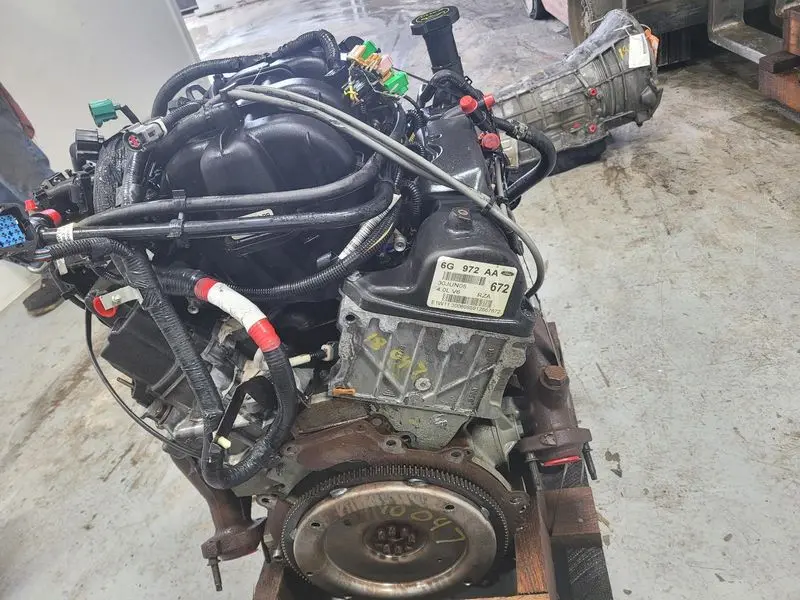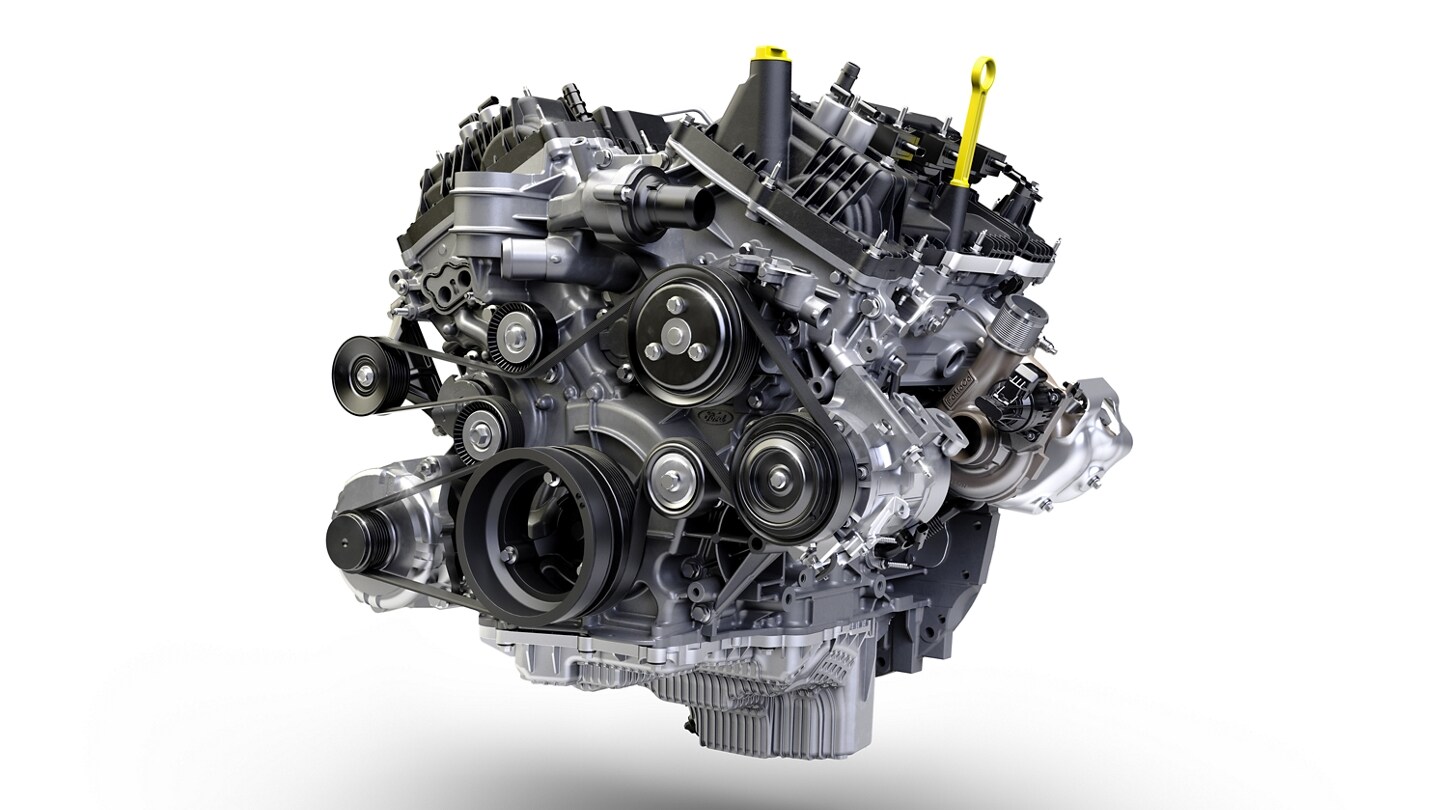The 2.2 Ford Ranger Engine: Ideal for Towing, Off-Roading, and Everyday Use
The 2.2 Ford Ranger Engine: Ideal for Towing, Off-Roading, and Everyday Use
Blog Article
Comprehending the Basics of Car Engines: Functions, kinds, and functions

Overview of Automobile Engines
A vehicle engine acts as the heart of a vehicle, converting gas right into mechanical power to drive it onward. This detailed system makes up different parts that operate in unison to make sure optimal performance and performance. The fundamental operation of a cars and truck engine entails the inner burning procedure, wherein fuel and air are mixed, stired up, and expelled to create power.
The engine's style can considerably impact its efficiency, gas effectiveness, and discharges. Trick components include the cyndrical tube block, pistons, crankshaft, and camshaft, each playing an essential function in the engine's general function. The cyndrical tube block houses the cylinders where burning happens, while the pistons convert the explosive power from burning right into direct activity. This movement is after that transformed right into rotational power by the crankshaft, allowing the vehicle's wheels to transform.
In addition to these components, engines usually use different systems such as gas injection, ignition, and cooling systems to improve efficiency and long life. Understanding the fundamental mechanics of cars and truck engines is essential for diagnosing concerns and carrying out upkeep, inevitably adding to the car's dependability and performance with time.

Sorts Of Vehicle Engines
Auto engines can be categorized right into several types based on their design, fuel kind, and operational principles. 2.2 ford ranger engine. The most typical classifications include inner burning engines (ICE), electrical engines, and hybrid engines
Inner burning engines, which can be further separated right into gasoline and diesel engines, operate by stiring up a fuel-air mix to generate power. Gasoline engines are commonly lighter and smoother, while diesel motor are extra fuel-efficient and deal greater torque.
Electric engines use electric power saved in batteries to power an electrical motor, providing instant torque and absolutely no discharges during operation. As modern technology breakthroughs, electric lorries (EVs) are significantly ending up being prominent for their ecological advantages and reduced running costs.
Crossbreed engines combine aspects of both inner burning and electric engines, allowing for flexible source of power and improved fuel performance. They can run in various settings, using either the fuel engine, the electrical motor, or both all at once.
Each kind of engine has distinctive advantages and downsides, influencing their application in various automobile kinds and market sections, from small vehicles to heavy-duty vehicles. Comprehending these types is necessary for making notified decisions regarding vehicle option and performance expectations.
Engine Features Described
Comprehending engine functions is essential for comprehending how automobiles operate successfully. At the core of any interior why not try here burning engine exists the basic process click to investigate of transforming fuel into mechanical energy.
The ignition takes place next, igniting the mixture and creating a quick growth of gases. This pressure drives the piston down throughout the power stroke, which inevitably converts right into the rotational activity of the crankshaft. The exhaust stroke after that eliminates the spent gases from the chamber, giving way for a new cycle to commence.
In addition to these key functions, engines likewise integrate systems that manage air conditioning and lubrication, making sure ideal operational temperatures and minimizing friction in between moving components. This complex interplay of features makes it possible for the engine to generate the power required for lorry propulsion while keeping effectiveness and dependability. Understanding these functions supplies valuable understanding right into the complexities of auto engineering and enhances the capacity to diagnose and address engine-related issues effectively.
Trick Engine Functions
Engine style incorporates several key functions that dramatically affect resilience, efficiency, and performance. Among the most essential facets is the engine configuration, which consists of inline, V-type, and flat layouts. Each configuration influences the engine's equilibrium, power, and size result, therefore affecting total automobile characteristics.
Another essential function is the engine displacement, referring to the total volume of all cyndrical tubes. Larger displacements normally yield even more power but might endanger fuel effectiveness. Engine products also play an essential role; light-weight and high-strength materials, such as aluminum and magnesium alloys, boost performance without adding too much weight.
The kind of fuel injection system used-- such as straight or multi-port injection-- affects combustion efficiency and discharges. Supercharging and turbocharging are features that improve engine efficiency by compeling additional air right into the burning chamber, raising power output without significantly increasing engine dimension.
Lastly, the presence of sophisticated engine administration systems optimizes fuel-air blend and ignition timing, contributing to smoother operation and much better gas economy. Jointly, these attributes specify an engine's abilities, setting the structure for its efficiency and durability in a competitive automotive landscape.
Maintenance Tips for Engines
Proper engine maintenance is critical for making sure optimum performance and durability, as overlooking regular treatment can result in significant concerns down the line. To preserve your engine effectively, start with normal oil adjustments, commonly every 3,000 to 7,500 miles, depending upon the kind of oil utilized. find more information Fresh oil lubricates engine components, decreasing friction and wear.
Additionally, keeping track of coolant degrees is crucial to avoid overheating. Guarantee that the coolant is topped up and remains in good problem to keep effective temperature level regulation. On a regular basis evaluate and replace air and gas filters, as stopped up filters can prevent air flow and gas distribution, jeopardizing engine performance.
Additionally, focus on spark plugs and ignition systems. Worn or defective stimulate plugs can result in misfiring and decreased performance. Inspecting the battery terminals and links for rust is likewise essential, as a weak battery can affect engine starting.

Final Thought
In summary, an extensive understanding of vehicle engines includes numerous types, functions, and essential attributes that significantly affect car efficiency. Inner combustion engines, together with hybrid and electrical alternatives, show diverse systems for power conversion. 2.2 ford ranger engine. Identifying the crucial functions, such as consumption and exhaust cycles, along with crucial engine attributes like configuration and fuel shot systems, equips cars and truck owners with the expertise needed for reliable upkeep and procedure, eventually boosting car longevity and performance
A vehicle engine serves as the heart of a car, converting fuel right into mechanical energy to drive it ahead. The essential operation of a cars and truck engine entails the interior burning process, where fuel and air are blended, stired up, and eliminated to develop power.
Regularly check and change air and fuel filters, as stopped up filters can impede air flow and fuel shipment, jeopardizing engine efficiency. - 2.2 ford ranger engine
In recap, a comprehensive understanding of vehicle engines encompasses various types, functions, and vital features that considerably influence car performance. Identifying the vital functions, such as consumption and exhaust cycles, alongside essential engine functions like arrangement and gas injection systems, outfits auto owners with the expertise needed for effective upkeep and procedure, eventually boosting automobile long life and efficiency.
Report this page